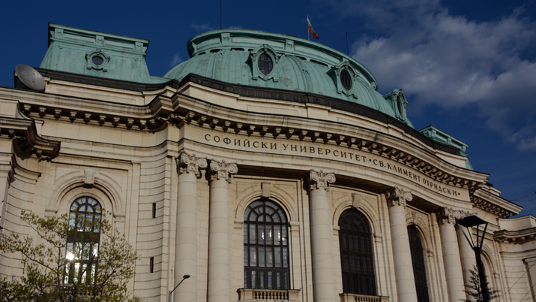Sofia 2024 Call for Papers
In recent decades, so-called “border studies” have ceased to be the exclusive domain of geographers and cartographers and have emerged as a critical framework for analyzing the intersection of power, identity, and difference in human societies. This interdisciplinary field draws on diverse branches of knowledge, such as anthropology, sociology, political science, history, and literary studies, to examine how boundaries are constructed, contested and transformed over time. In this sense, boundaries are not just physical lines on maps, but have a significant impact in defining group membership by playing a crucial role in shaping collective identities in societies. Therefore, the study is not limited to a single theoretical model or exclusive methodology. On the contrary, it draws from diverse theoretical frameworks to reveal how the idea of boundaries is a true cultural construct, mutable and dynamic in time and space. Consequently, this panel accepts and promotes diverse approaches to the topic of borders.
We invite scholars to present research with a focus on spatial and physical borders portrayed in the biblical texts, cognate literature, and/or the texts’ historical environment. Any innovative methodology can be applied to the broad spectrum of borders whether the research concerns boundaries that are embodied (e.g., skin), domestic (e.g., doors), religious (e.g., temples/holy places), political (e.g., cities and states), etc. How do the borders demarcate one thing from another? What do they demarcate? Who makes boundaries? What events take place at these boundaries? Such questions can provide initial guidelines for an exploration of borders.
